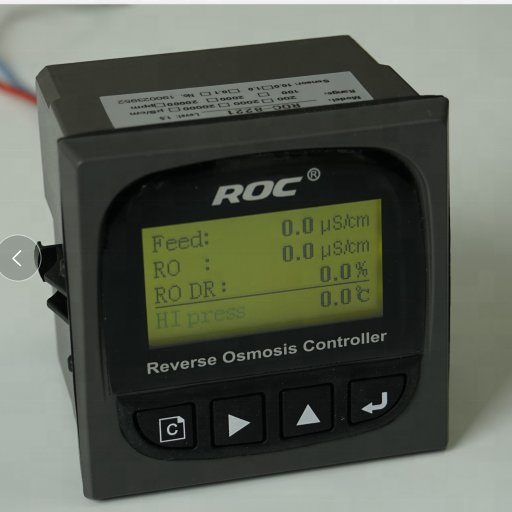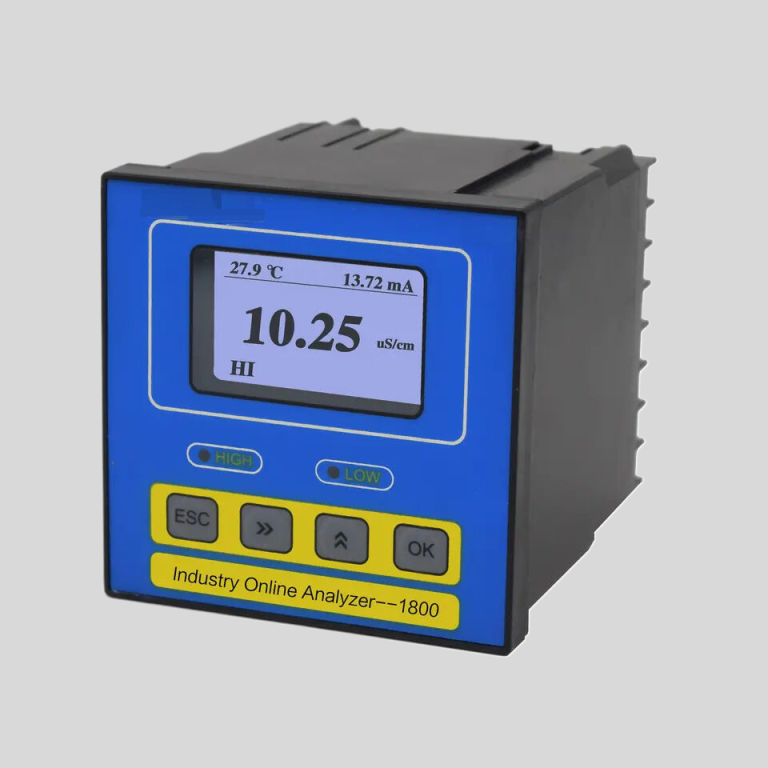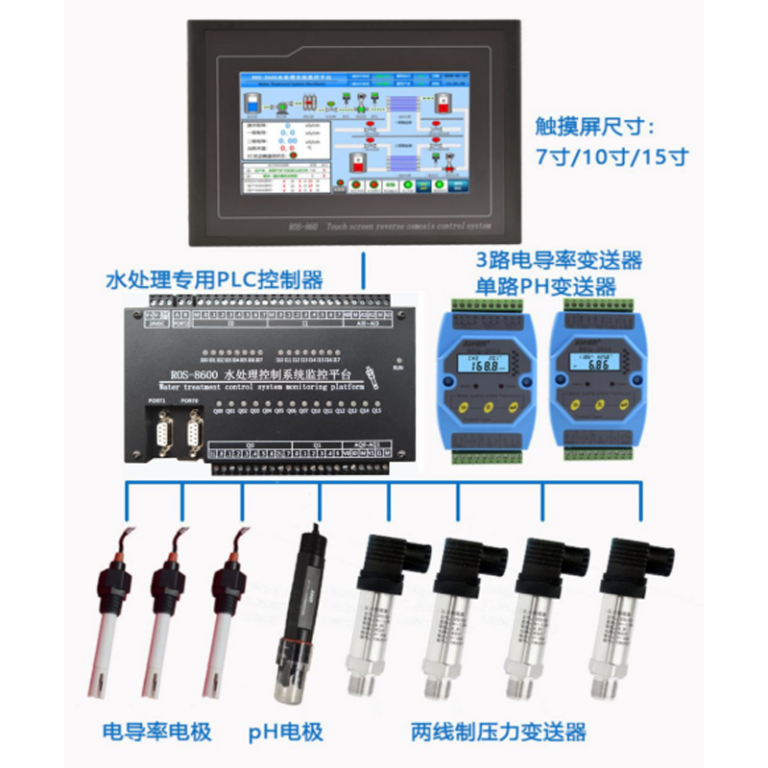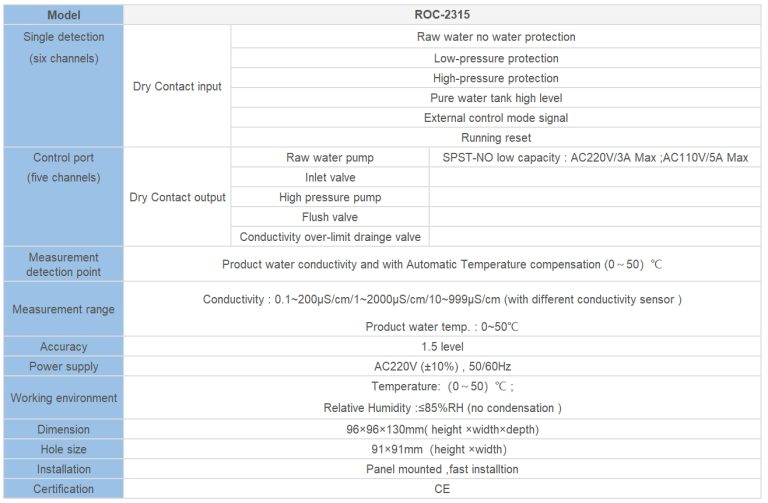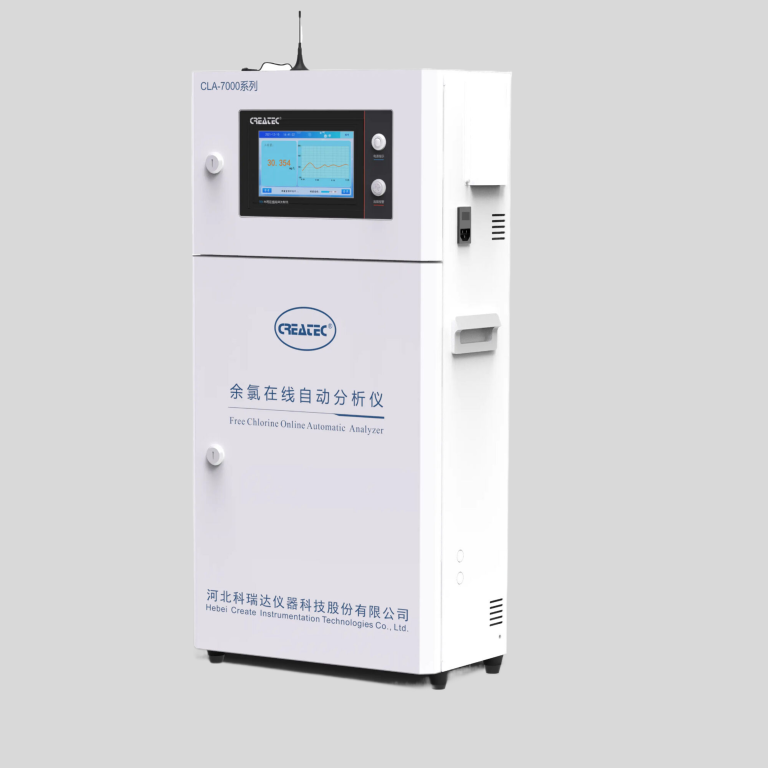Table of Contents
The Importance of Monitoring Dissolved Oxygen Levels in Aquatic Ecosystems
Dissolved oxygen is a critical component of aquatic ecosystems, playing a vital role in the health and survival of aquatic organisms. It refers to the amount of oxygen that is present in water, which is essential for the respiration of fish, plants, and other aquatic organisms. Monitoring dissolved oxygen levels in aquatic ecosystems is crucial for maintaining the balance of the ecosystem and ensuring the health of the organisms that rely on it.
One of the main sources of dissolved oxygen in aquatic ecosystems is photosynthesis, where plants and algae produce oxygen as a byproduct of their metabolic processes. This oxygen is then dissolved in the water, providing a source of oxygen for aquatic organisms to breathe. However, factors such as temperature, salinity, and pollution can affect the amount of dissolved oxygen in the water, leading to fluctuations in oxygen levels that can have detrimental effects on aquatic life.
Low levels of dissolved oxygen, also known as hypoxia, can have serious consequences for aquatic organisms. Fish and other aquatic organisms rely on oxygen to survive, and when oxygen levels are low, they may struggle to breathe, leading to stress, illness, and even death. In severe cases, hypoxia can lead to mass fish kills, where large numbers of fish die due to a lack of oxygen in the water. Monitoring dissolved oxygen levels can help to identify areas of hypoxia and take steps to address the issue before it becomes a major problem.
| Model | pH/ORP-510 pH/orp meter |
| Range | 0-14 pH; -2000 – +2000mV |
| Accuracy | ±0.1pH; ±2mV |
| Temp. Comp. | Manual/Automatic temperature compensation; No Comp. |
| Oper. Temp. | Normal 0~60℃; High temp 0~100℃ |
| Sensor | pH double/triple sensor; ORP sensor |
| Display | LCD Screen |
| Communication | 4-20mA output/RS485 |
| Output | High/Low limit dual relay control |
| Power | AC 220V±10% 50/60Hz or AC 110V±10% 50/60Hz or DC24V/0.5A |
| Working Environment | Ambient temperature:0~50℃ |
| Relative humidity≤85% | |
| Dimensions | 48×96×100mm(H×W×L) |
| Hole Size | 45×92mm(H×W) |
| Installation Mode | Embedded |
On the other hand, high levels of dissolved oxygen can also be harmful to aquatic ecosystems. Excess oxygen can lead to supersaturation, where the water contains more oxygen than can be absorbed by aquatic organisms. This can cause gas bubble disease in fish, where bubbles of gas form in their tissues, leading to organ damage and death. Monitoring dissolved oxygen levels can help to prevent supersaturation and ensure that oxygen levels remain within a healthy range for aquatic organisms.
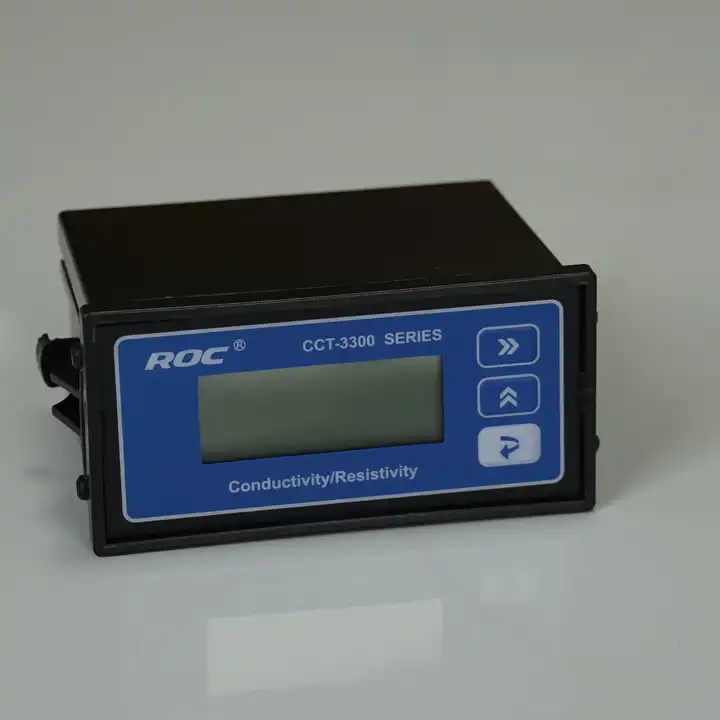
In addition to its direct effects on aquatic organisms, dissolved oxygen levels can also impact other aspects of the ecosystem. For example, low oxygen levels can lead to the release of nutrients from the sediment, which can fuel algal blooms and lead to eutrophication. Eutrophication can have a range of negative effects on aquatic ecosystems, including reduced water clarity, decreased biodiversity, and the formation of dead zones where no aquatic life can survive. By monitoring dissolved oxygen levels, scientists can better understand the factors contributing to eutrophication and take steps to mitigate its effects.
Overall, monitoring dissolved oxygen levels in aquatic ecosystems is essential for maintaining the health and balance of these fragile environments. By keeping a close eye on oxygen levels and taking action to address any issues that arise, we can help to ensure the survival of the diverse array of organisms that rely on oxygen to thrive. Whether through the use of sensors, sampling techniques, or other monitoring methods, it is crucial that we continue to monitor dissolved oxygen levels in aquatic ecosystems to protect these valuable resources for future generations.
How Temperature and Turbulence Affect Dissolved Oxygen Concentrations in Water Bodies
Dissolved oxygen is a critical component of water quality in aquatic ecosystems. It is essential for the survival of aquatic organisms, as they rely on oxygen for respiration. The concentration of dissolved oxygen in water bodies can vary depending on a variety of factors, including temperature and turbulence.
Temperature plays a significant role in determining the amount of dissolved oxygen in water. As water temperature increases, the solubility of oxygen decreases. This means that warmer water can hold less dissolved oxygen than colder water. This is because the molecules in warmer water are moving more rapidly, making it harder for oxygen molecules to dissolve. As a result, water bodies with higher temperatures tend to have lower concentrations of dissolved oxygen.
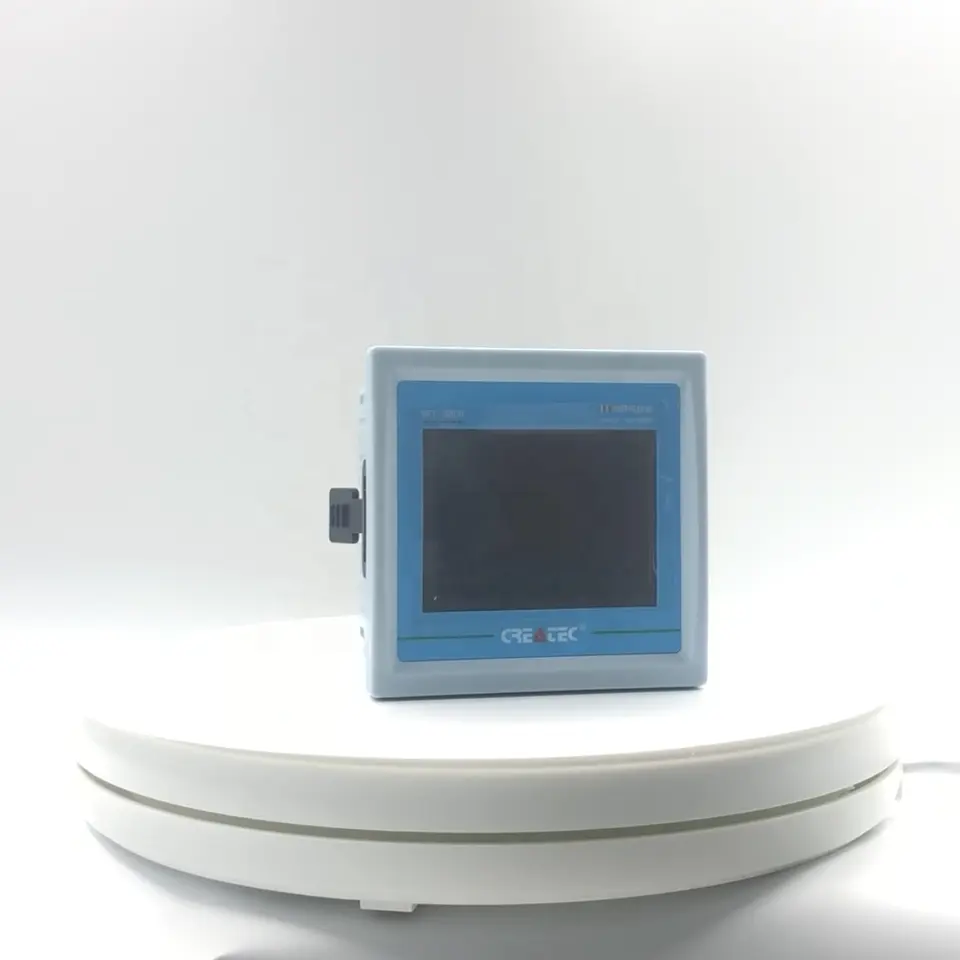
Conversely, colder water can hold more dissolved oxygen. This is why water bodies such as mountain streams and lakes tend to have higher concentrations of dissolved oxygen compared to warmer bodies of water like ponds or estuaries. In these colder environments, oxygen can more easily dissolve and remain in the water, providing a more hospitable habitat for aquatic organisms.
Turbulence also plays a role in determining the concentration of dissolved oxygen in water bodies. Turbulent water, such as that found in fast-flowing rivers or streams, can help to mix oxygen into the water more effectively. This is because turbulence creates movement and agitation, which can help to break up surface films and allow oxygen to dissolve more readily. As a result, water bodies with higher levels of turbulence tend to have higher concentrations of dissolved oxygen.
On the other hand, stagnant or slow-moving water bodies may have lower concentrations of dissolved oxygen. Without turbulence to mix oxygen into the water, oxygen levels can become depleted, especially in deeper layers where oxygen may not be able to easily penetrate. This can lead to hypoxic or anoxic conditions, where oxygen levels are too low to support aquatic life.
In conclusion, temperature and turbulence are important factors that influence the concentration of dissolved oxygen in water bodies. Warmer water tends to have lower levels of dissolved oxygen, while colder water can hold more oxygen. Turbulence can help to mix oxygen into the water, while stagnant conditions can lead to oxygen depletion. By considering these factors, we can better understand and manage the health of aquatic ecosystems.
| Product Model | DOF-6310 (DOF-6141) |
| Product Name | Dissolved oxygen data collection terminal |
| Measuring Method | Fluorescence Method |
| Measurement range | 0-20mg/L |
| Accuracy | ±0.3mg/L |
| Resolution | 0.01mg/L |
| Response time | 90s |
| Repeatibility | 5%RS |
| Temperature compensation | 0-60.0℃ Accuracy:±0.5℃ |
| Air pressure compensation | 300-1100hPa |
| Stand pressure | 0.3Mpa |
| Communication | RS485 MODBUS-RTU standard protocol |
| Power | DC(9-28)V |
| Power comsuption | <2W |
| Operational envrionment | Temperature:(0-50)℃ |
| Storage Environment | Temperature:(-10-60)℃; Humidity:≤95%RH(None condensation) |
| Installation | Submerged |
| Protection Level | IP68 |
| Weight | 1.5Kg(with 10m cable) |

